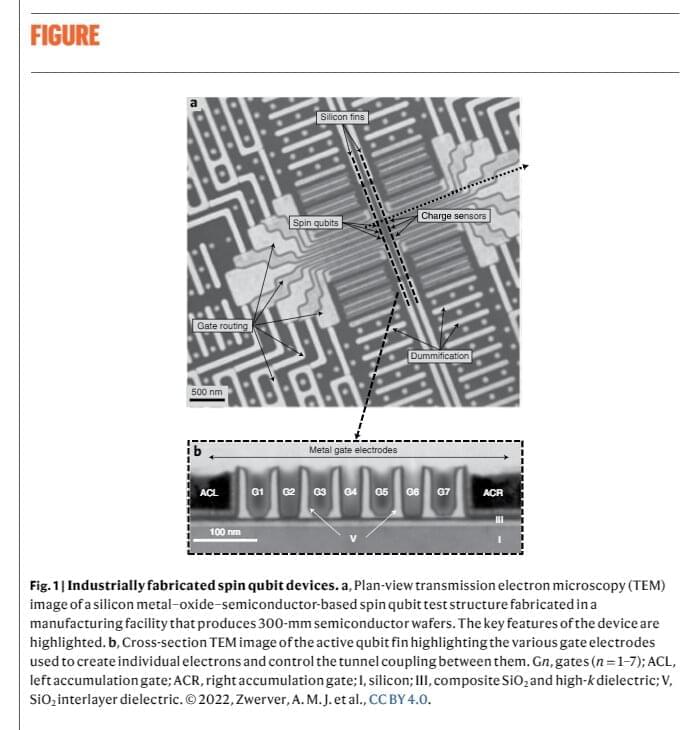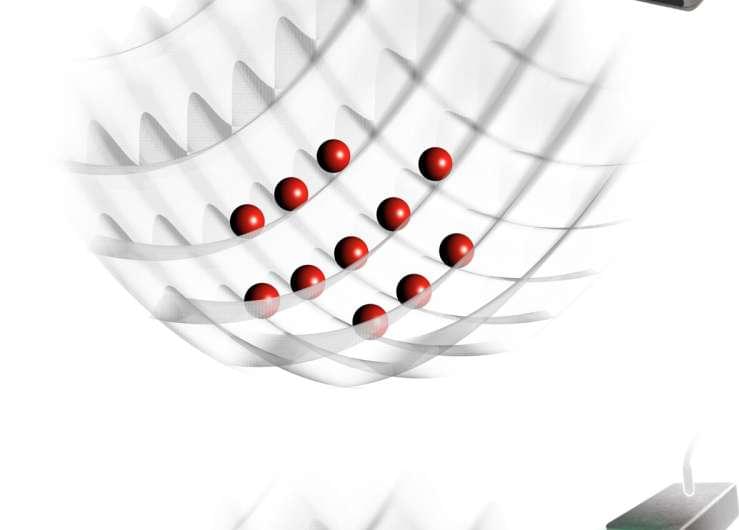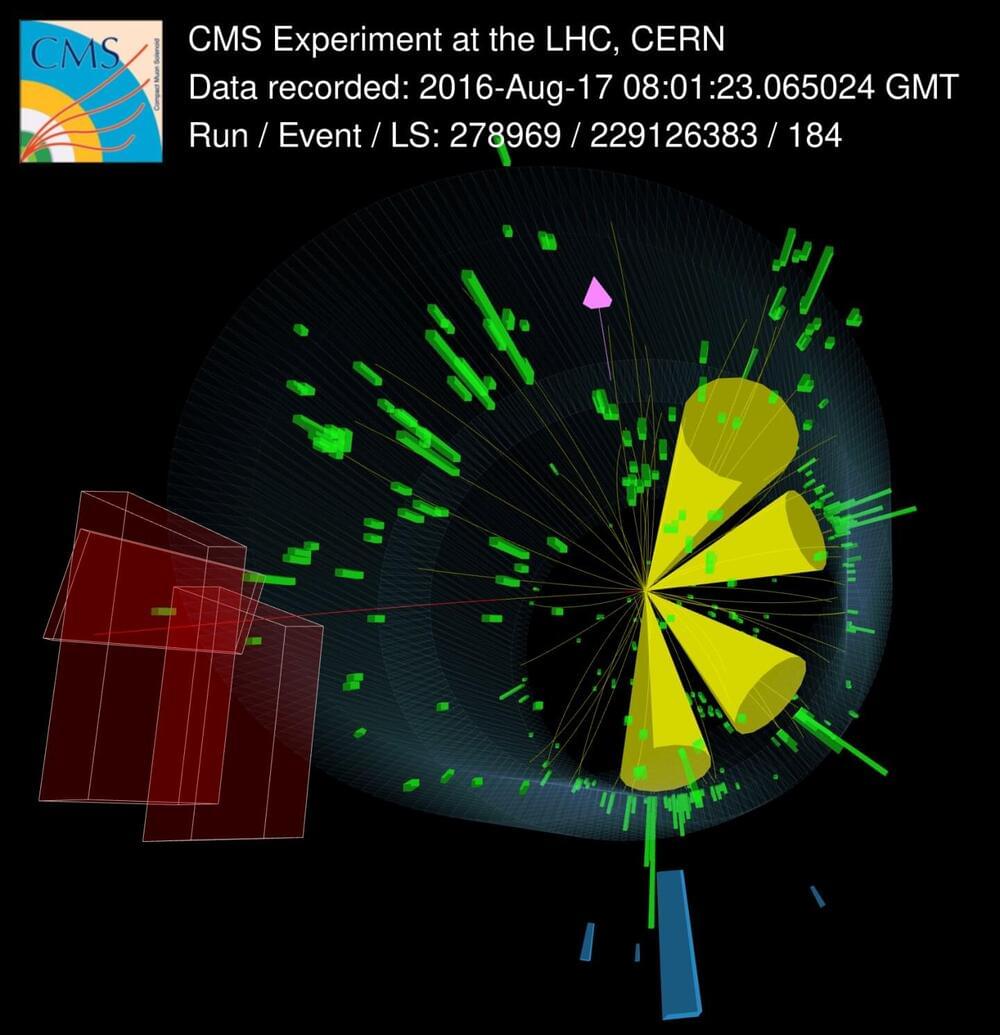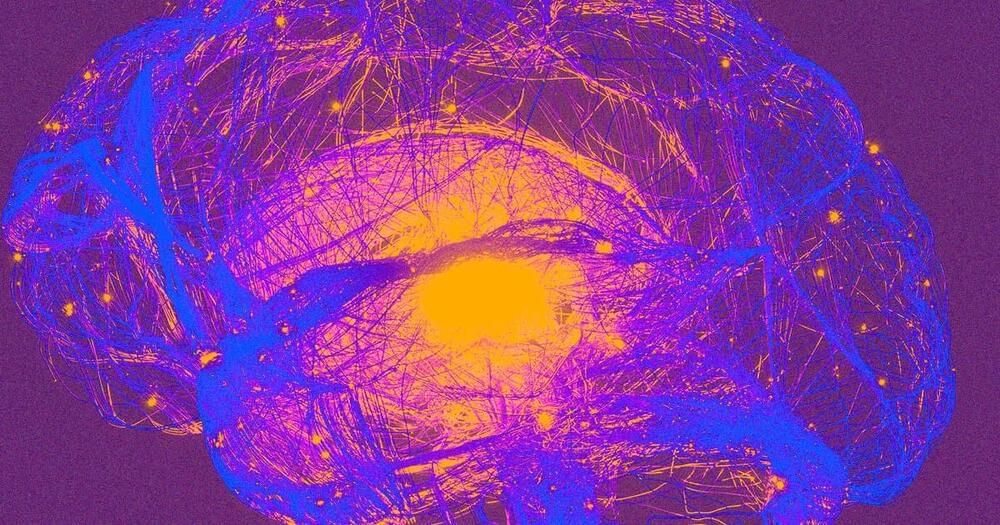Circa 2015 This is basically amazing leading to speeds in a computer basically infinite.
Quantum gases of atoms and exciton-polaritons are nowadays a well established theoretical and experimental tool for fundamental studies of quantum many-body physics and suggest promising applications to quantum computing. Given their technological complexity, it is of paramount interest to devise other systems where such quantum many-body physics can be investigated at a lesser technological expense. Here we examine a relatively well-known system of laser light propagating through thermo-optical defocusing media: based on a hydrodynamical description of light as a quantum fluid of interacting photons, we investigate such systems as a valid, room temperature alternative to atomic or exciton-polariton condensates for studies of many-body physics.








